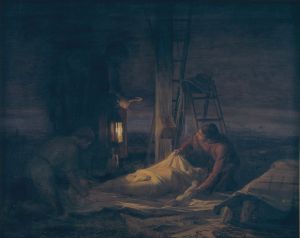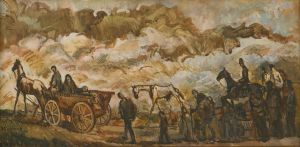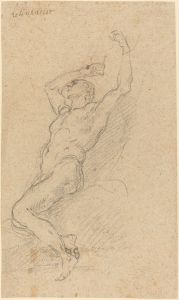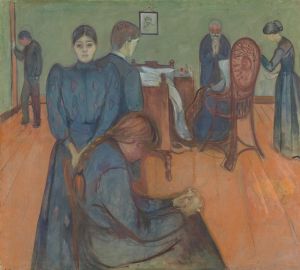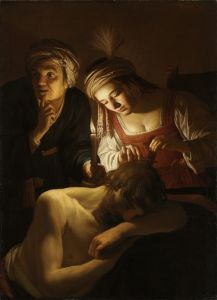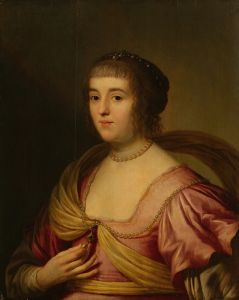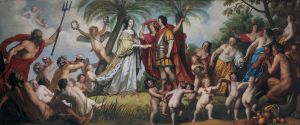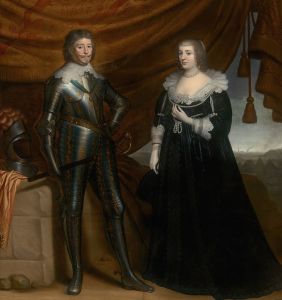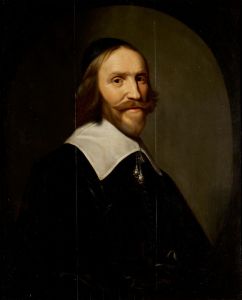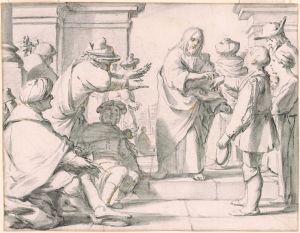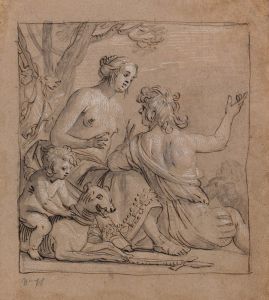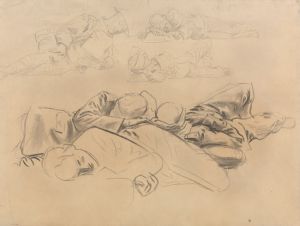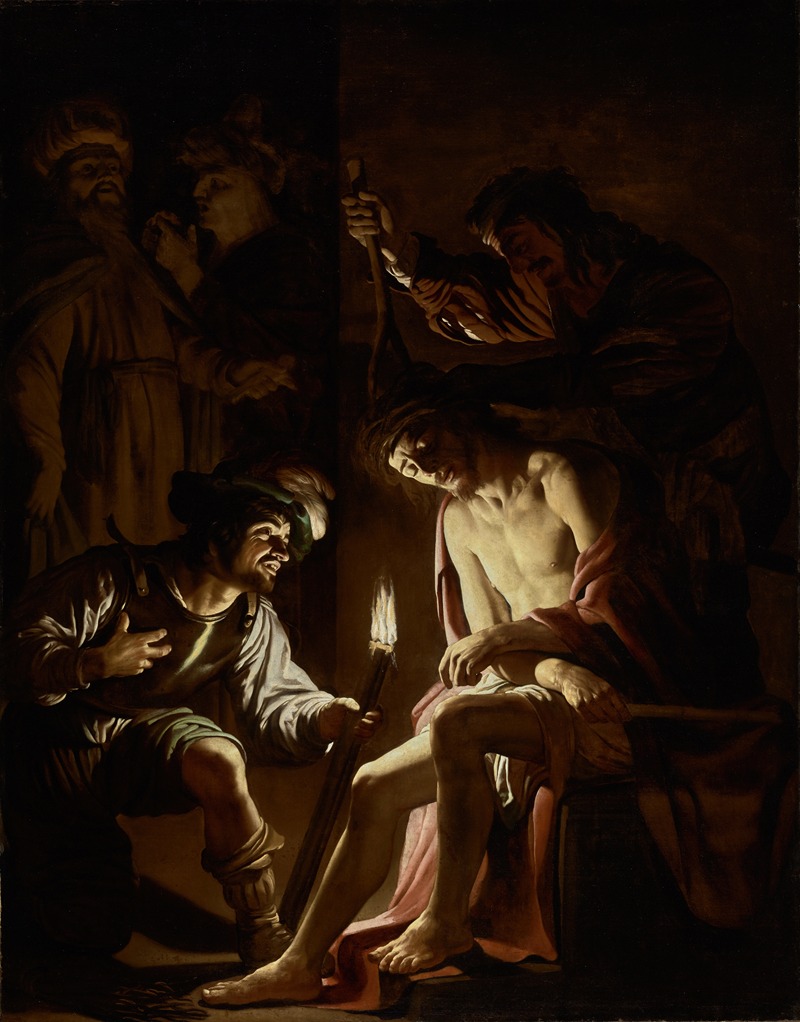
Christ Crowned with Thorns
A hand-painted replica of Gerard van Honthorst’s masterpiece Christ Crowned with Thorns, meticulously crafted by professional artists to capture the true essence of the original. Each piece is created with museum-quality canvas and rare mineral pigments, carefully painted by experienced artists with delicate brushstrokes and rich, layered colors to perfectly recreate the texture of the original artwork. Unlike machine-printed reproductions, this hand-painted version brings the painting to life, infused with the artist’s emotions and skill in every stroke. Whether for personal collection or home decoration, it instantly elevates the artistic atmosphere of any space.
"Christ Crowned with Thorns" is a painting by the Dutch Golden Age artist Gerard van Honthorst, created in 1622. Van Honthorst, also known as Gherardo delle Notti due to his mastery of nocturnal scenes, was a prominent painter in the early 17th century, particularly known for his use of chiaroscuro, a technique that contrasts light and dark to achieve a sense of volume and three-dimensionality.
The painting depicts a poignant moment from the Passion of Christ, specifically the episode where Jesus is mocked by Roman soldiers who place a crown of thorns on his head. This moment is described in the New Testament, particularly in the Gospels of Matthew, Mark, and John. Van Honthorst's interpretation of this scene is notable for its dramatic use of light and shadow, which highlights the emotional intensity of the moment.
In "Christ Crowned with Thorns," the central figure of Christ is shown with a serene yet sorrowful expression, his eyes cast downward. The crown of thorns is placed on his head, and blood trickles down his face, emphasizing his suffering. Surrounding him are several figures, likely Roman soldiers, who are depicted in various states of mockery and aggression. The use of light in the painting draws the viewer's attention to Christ's face and the crown of thorns, creating a stark contrast with the darker, more shadowy figures of the soldiers.
Van Honthorst's skillful use of chiaroscuro not only enhances the emotional impact of the scene but also demonstrates his technical prowess. The light source in the painting appears to come from an unseen candle or torch, a common feature in van Honthorst's works, which adds to the dramatic effect. This technique was heavily influenced by the works of Caravaggio, an Italian Baroque painter known for his realistic observation of the human state, both physical and emotional, and his dramatic use of lighting.
"Christ Crowned with Thorns" is housed in the Louvre Museum in Paris, France. The painting is part of the museum's extensive collection of European paintings and is considered an important example of van Honthorst's work. It reflects the artist's ability to convey deep religious themes through his mastery of light and shadow, as well as his attention to detail and composition.
Gerard van Honthorst was a leading figure in the Utrecht school of Caravaggisti, a group of Dutch artists who were influenced by the work of Caravaggio. His works, including "Christ Crowned with Thorns," played a significant role in the spread of Caravaggesque style in Northern Europe. Van Honthorst's ability to blend the dramatic intensity of Caravaggio with his own unique style made him one of the most sought-after painters of his time.
In summary, "Christ Crowned with Thorns" by Gerard van Honthorst is a masterful depiction of a key moment in the Passion of Christ, characterized by its dramatic use of light and shadow, emotional intensity, and technical excellence. The painting remains a significant work within the collection of the Louvre Museum and continues to be admired for its artistic and historical value.





